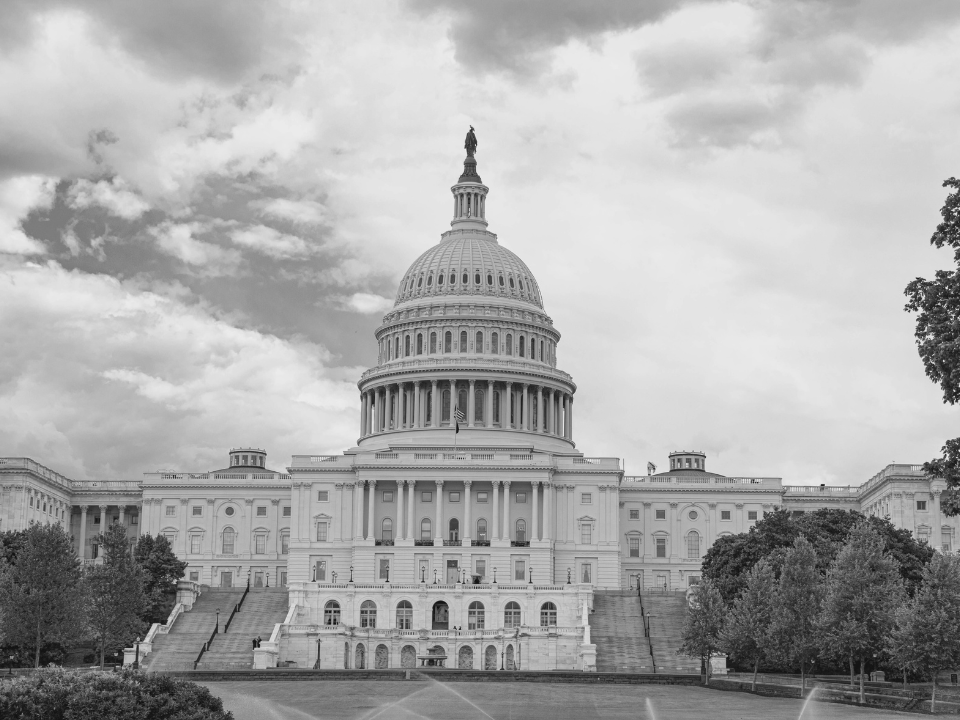- The D.C. office market is struggling with rising foreclosures, falling property values, and record-high vacancy rates.
- The Biden administration has had trouble re-installing federal workers in offices, impacting D.C.’s local economy.
- At this point, high office vacancies and remote work trends are acts of God, and further federal office space cuts are anticipated.
As reported in WSJ, the Washington, D.C. office market is facing rising foreclosures, plummeting property values, and record-high vacancy rates. Industry reports suggest that these issues are expected to persist regardless of the 2024 presidential election outcome.
Ghost Capital
Since the pandemic lockdowns ended, the Biden administration has struggled to get federal workers back into offices. This challenge is likely to persist if a Democrat like VP Kamala Harris wins the White House, due to the likelihood of similar policy adoptions.
On the other hand, a Trump victory could actually worsen the office market’s woes. Trump has pledged to abolish the Education Department, potentially eliminating over 2.5K jobs in the district, and his allies advocate for even more drastic cuts under Project 2025.
Remote Renaissance
The federal government is expected to reduce its office footprint in the coming years as remote work continues to gain traction, part of the broader trend of historic office distress nationwide.
Six federal agencies, including the Justice and Treasury departments, have lease expirations between 2024 and 2027 and are projected to relinquish nearly 600 KSF of office space.
Capital Challenges
D.C.’s office vacancy rate hit a record 22.4% in Q2, up from less than 14% in 4Q19, per CBRE data. In Q1, nearly 39% of the district’s office loans that were securitized were either in default or at risk of default.
High vacancy rates and reduced office occupancy, particularly for federal offices, have negatively impacted local businesses and the city’s economy. A Government Accountability Office review found that 17 of 24 federal agencies used only 25% or less of their HQ capacity during a sample period last year.
D.C. office building foreclosures have surged, with 12 buildings foreclosed in 1H24, surpassing the total for 2023. Occupied office space plummeted by over 500 KSF in Q2, with the federal government accounting for nearly half of the loss.
Reduced real estate tax collections also contributed to a projected budget gap of nearly $500M for the district last year.
What’s Next
The Biden administration aims for eligible teleworkers to be in offices at least 50% of the time, but government employee unions have opposed these efforts.
Meanwhile, a Trump administration might push for a higher in-office presence, but could also pursue agency eliminations and relocations, potentially offsetting any gains.
Both political parties recognize issues with federal office space, such as the outdated J. Edgar Hoover Building. However, bureaucratic hurdles have stymied progress. For example, construction on a proposed new FBI headquarters in Greenbelt, MD, wouldn’t start until 2029.

















